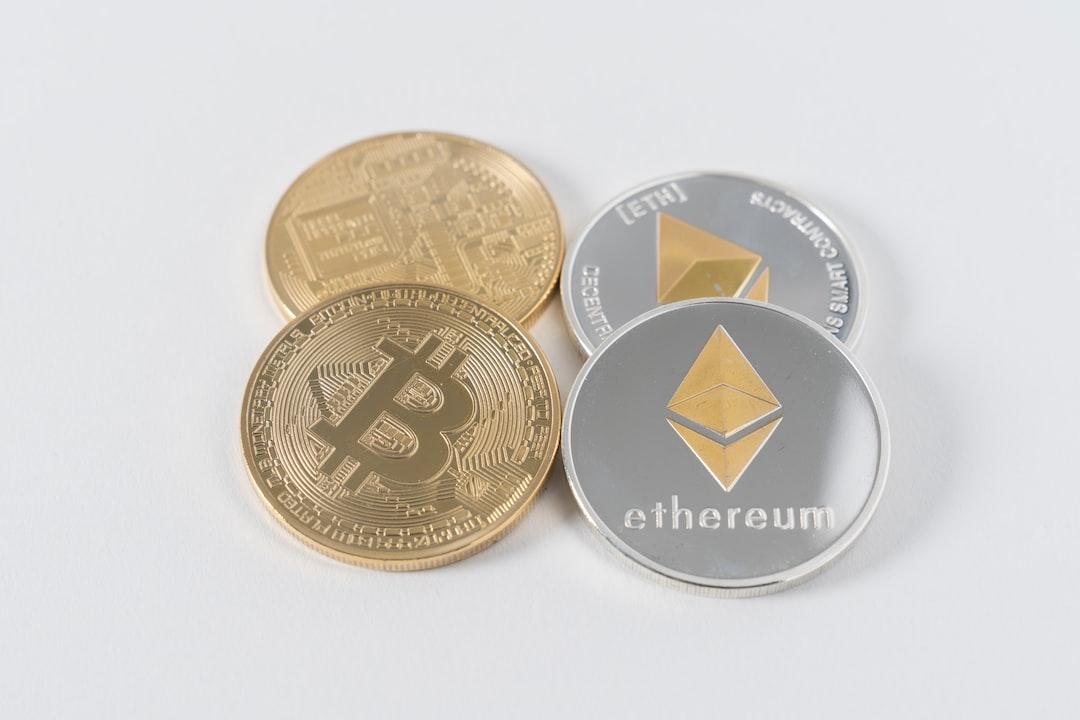The homogeneous token protocol Runes for Bitcoin was launched yesterday, triggering a frenzy of rune token minting among users. This has led to a significant increase in Bitcoin transaction fees. Among the rune projects, SATOSHI•NAKAMOTO, named after the creator of Bitcoin, has been the most popular, with over 20,000 wallets holding it and a daily increase of 600%.
(Background summary:
Runes ignites Bitcoin transaction fee “miners’ profits”; Godfish: This is not BTC “halving,” but doubling.
)
(Background information:
Understanding how the “Runes Protocol” works, a new token standard on Bitcoin.
)
On April 20, at 8:09 am Taiwan time, when the block height reached 840,000, the highly anticipated homogeneous token protocol Runes was launched, immediately sparking a market frenzy. Users rushed to mint rune tokens, resulting in a significant increase in Bitcoin transaction fees.
According to mempool data, the transaction fees on the Bitcoin network reached a peak of 2,000 Sat for high-priority fees, equivalent to 2232 Sat/byte or $199.43.

Currently, transaction fees have slightly declined but remain higher than usual. The fee for no priority is 18 Sat (US$1.64)/byte, low priority is 280 Sat (US$25.5)/byte, medium priority is 338 Sat (US$30.79)/byte, and high priority is 400 Sat (US$36.44)/byte.
Runes Protocol Frenzy
Runes is a homogeneous token protocol issued on Bitcoin, created by Casey Rodarmor, the founder of Ordinals. The protocol aims to solve the inefficiency issues faced by other homogeneous token protocols like BRC-20. Although BRC-20 gained popularity shortly after its launch on Ordinals, it had some drawbacks, including low scalability, slow transaction speeds, and high transaction fees.
Runes introduces a UTXO-based homogeneous token protocol that provides a simpler and more efficient system compared to standards like BRC-20. It simplifies the process, making it possible for use cases like meme coins, badges, collectibles, and other custom assets without causing blockchain congestion.
To balance the issuance pace of Rune tokens and prevent the early occupation of short names, the Runes Protocol requires token names to have a minimum length of 13 letters during the first four months of its launch. Afterward, the minimum name length will reduce by one letter every four months until the next halving event. At that time, Rune tokens with just a single character can be created.
With the launch of the Runes Protocol, the frenzy of carving runes has emerged. Runealpha data shows that numerous Rune projects have appeared in the market, and many of them have already been fully minted. Among them, the project SATOSHI•NAKAMOTO, named after the creator of Bitcoin, has been the most popular, with over 20,000 wallets holding it and a daily increase of 600%.

However, it is worth noting that the cryptocurrency community has mixed opinions about the Rune Protocol. Some netizens applaud this protocol for bringing new asset classes to Bitcoin and benefiting miners. But others criticize the high transaction fees, which they find uninteresting and tarnishing the image of Bitcoin.
Previously, Casey Rodarmor made a vow that if the market capitalization of the Rune ecosystem tokens did not reach $1 billion within one month of the Rune launch, he would commit seppuku.
Related Reports
Bitcoin Runes Must-See Project: 0 Rune Deployed by Ordinals Founder Casey, 3 Rune is Runestone Airdropping Meme Coin
Runes Token Speculation Sparks Trading Frenzy! Bitcoin Transaction Fees Triple, Surpassing Ethereum
How to Prepare Wallets, UTXOs, and Money-Saving Tips for the Launch of Bitcoin Rune Protocol


